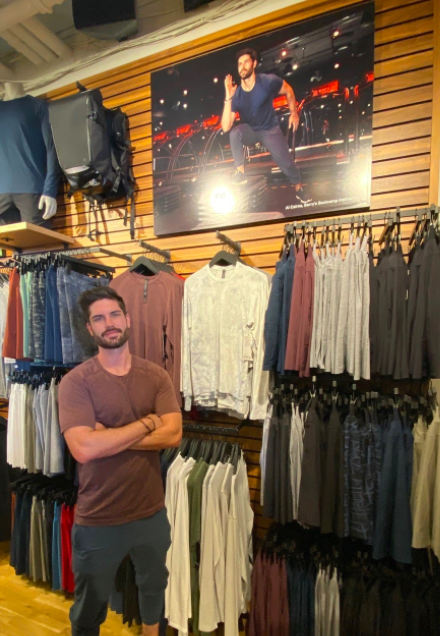It wouldn’t seem possible that something as innocuous as a shopping cart could possibly change the retail landscape. However, one company has emerged that is not only saving retailers money by preventing the loss and theft of shopping carts but is also spearheading the “Smart Cart” revolution.
If you look around the parking lot of any grocery or big box store, you’ll likely notice numerous shopping carts haphazardly strewn about. It has become apparent that in our busy modern world, often defined by short attention spans or even learned helplessness, returning shopping carts has become a bit of a litmus test of sorts for gauging others’ moral principles.
The TRAC system from TRACARTS is an emerging solution to a problem as old as retail stores themselves. This new “smart” system saves retailers time and money but also offers shopper incentives and analytics, leveraging digital technology in a whole new way.
“With 2 million shopping carts going missing each year, that equates to over $600 million in losses for retail stores,” explains TRACARTS COO and founder Haim Heller.
With the TRAC system, TRACARTS invites retailers not only to “reclaim their carts” but also to increase customer loyalty and satisfaction, fostering organizational growth through data, analytics, and customer engagement.
The costly issue of missing and stolen carts
“Cart theft and damage can be extremely detrimental to retailers, especially from a financial standpoint,” says Heller. According to his company’s research, the cost of replacing lost shopping carts for a mid-size retailer in the US can add up to between $90,000 to $100,000 each year per location.
Consumers’ failure to return carts to the designated areas — or, better yet, to the store — also causes increased pressure on retail associates tasked with collecting the wayward carts and returning them unscathed. Stores also face liability issues from potential damage to cars from misplaced carts.
By installing a TRAC hub in a retail parking lot, stores can directly address the issue of missing and stolen carts. Through the TRAC system, carts can be easily tracked and locked in when not in use.
Additionally, smart technology incentivizes shoppers to return their carts after use. “We are addressing this expensive problem through a combination of engineering, social psychology, and technology,” explains Heller.
The psychology component of the TRAC system is what the TRACARTS team considers its “special sauce.” The system takes into account the fact that the simple act of returning a grocery cart has become a meme-worthy social experiment of sorts. In a way, those who return their carts are considered “good citizens,” while those who do not are considered the opposite. TRACARTS is using this battle between good and “not so good” to influence the return of carts to their rightful place.
The technology behind TRAC
The TRAC system is built around the TRAC hub, which consists of customizable shopping cart trains, made to fit the retailer’s existing cart inventory, individually outfitted as one, two, or three multidirectional lines of carts hooked into the TRAC system. Retailers can strategically place the TRAC hubs around their parking lots in convenient areas, allowing accessibility and short distances for return.
The carts are managed through TRAC’s patented retraction system. They are locked into the system when not in use and can only be released when each shopper is after the shopped inputs are identified through the “smart technology” system.
Through the TRAC kiosk, carts are either retrieved from the Train or returned to the Hub. As they interact with the Hub, shoppers use either the White Label app, store loyalty card, fob, a pin code, or their phone number to release their cart. Returning the cart is simple: shoppers just place it back into the Train. No further interaction with the kiosk is required. For the retailer, only electricity and WiFi are required to get up and running.
Smart insights and customer incentives
Through the TRAC app, retailers can engage with their customers as they use the carts. “TRAC is just another means of customer engagement,” says Heller. When customers check out, they are gently reminded to return their cart. Customer incentives and push notifications remind customers how much time they have left with their cart or if the cart is not returned within the time allotted.
Retailers can use TRAC’s smart features to build customer loyalty through exclusive offers, VIP incentives, and reward programs. By using the TRAC dashboard, retailers can collect and analyze customer data such as length of time in their stores and shopping habits. This dashboard can be customized per retailer so they can better manage their fleet of carts, employees, and customer engagement.
Stolen and missing carts may not seem like an issue that significantly affects customers, but the costs of replacing these missing carts are eventually passed down to the consumer. Although lost and stolen carts can be the bane of a retailer’s existence, they don’t have to be. With the TRAC system’s smart technology solutions, the retail industry is on the cusp of positive change, better shopping cart retention, and happier customers.




